Why visit Cyprus?
Cyprus is far more than a lazy beach-time resort; the island is multilayered, like its history, with a compelling culture, lifestyle and landscape, overseen by warm, hospitable people. The story of Cyprus’ turbulent past is told through its historic sites, Roman ruins, multifaceted museums and dusty urban streets. This sense of living history is highlighted most vividly in Pafos, with extraordinary archaeological sites like the Tombs of the Kings, which sprawls like an ancient theme park next to a pack-in-the-punters tourist resort. Digging into the island’s past has unearthed fascinating relics, including Neolithic dwellings, Bronze Age and Phoenician tombs, and exquisite Roman mosaics, while, on the streets, keep your eyes peeled for Venetian walls, Byzantine castles and churches, Roman monasteries and Islamic mosques.
Meze is a delicious way to acquaint yourself with the local cuisine; tantalizing the taste blossoms with a feast of small dishes, ranging from creamy hummus to spicy grilled sausage, and everything in between. Heavily influenced by Turkish, Greek and Middle Eastern cuisine, Cypriot food includes some culinary stars unique to the island, including Haloumi, and the kebabs are also in a league of their own. And the desserts are irresistible, flavored with almonds, rose water and pistachios and ranging from creamy rice puddings to gloriously sticky baklava.
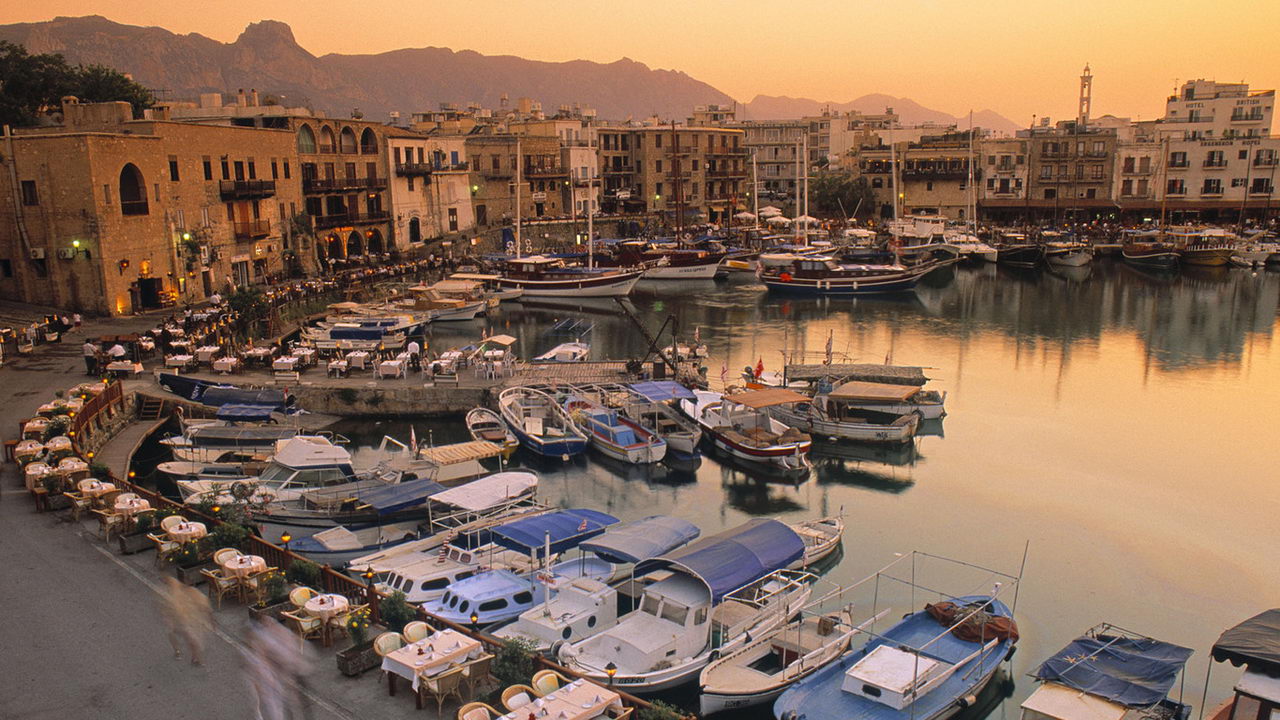
What does Cyprus bring in mind?
Baths of Aphrodite
An isolated freshwater pool on the edge of the Akamas Peninsula, the Baths of Aphrodite is where the Greek goddess bathed and enjoyed trysts with the God Adonis. Today, the natural beauty of the untouched countryside is as much an attraction as the grotto.
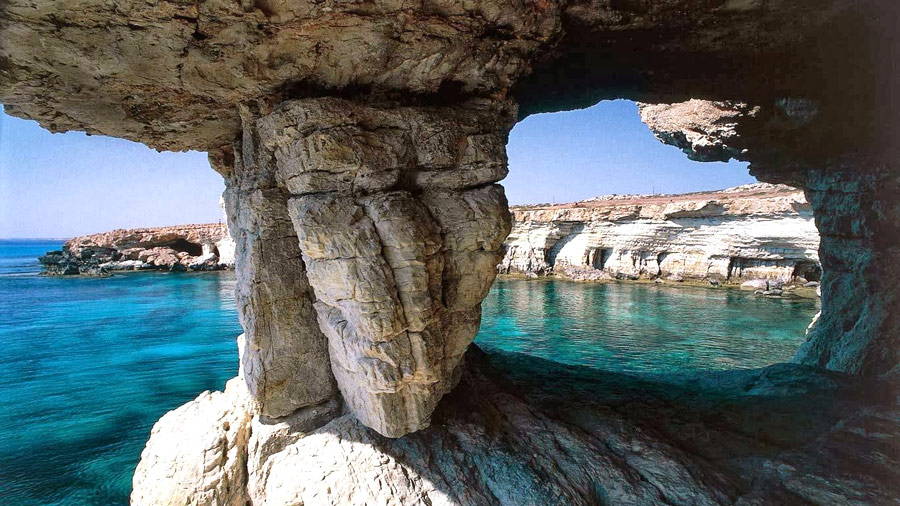
|
Troodos Painted Churches Dating back to Byzantine times, this collection of 10 richly painted churches and tiny monasteries are a UNESCO World Heritage Site. Two of the most spectacular are the Agios Nikolaos tis Stegis at Kakopetria with frescos from the 11th century, and Panagia tou Araka with scenes from the Old Testament. |
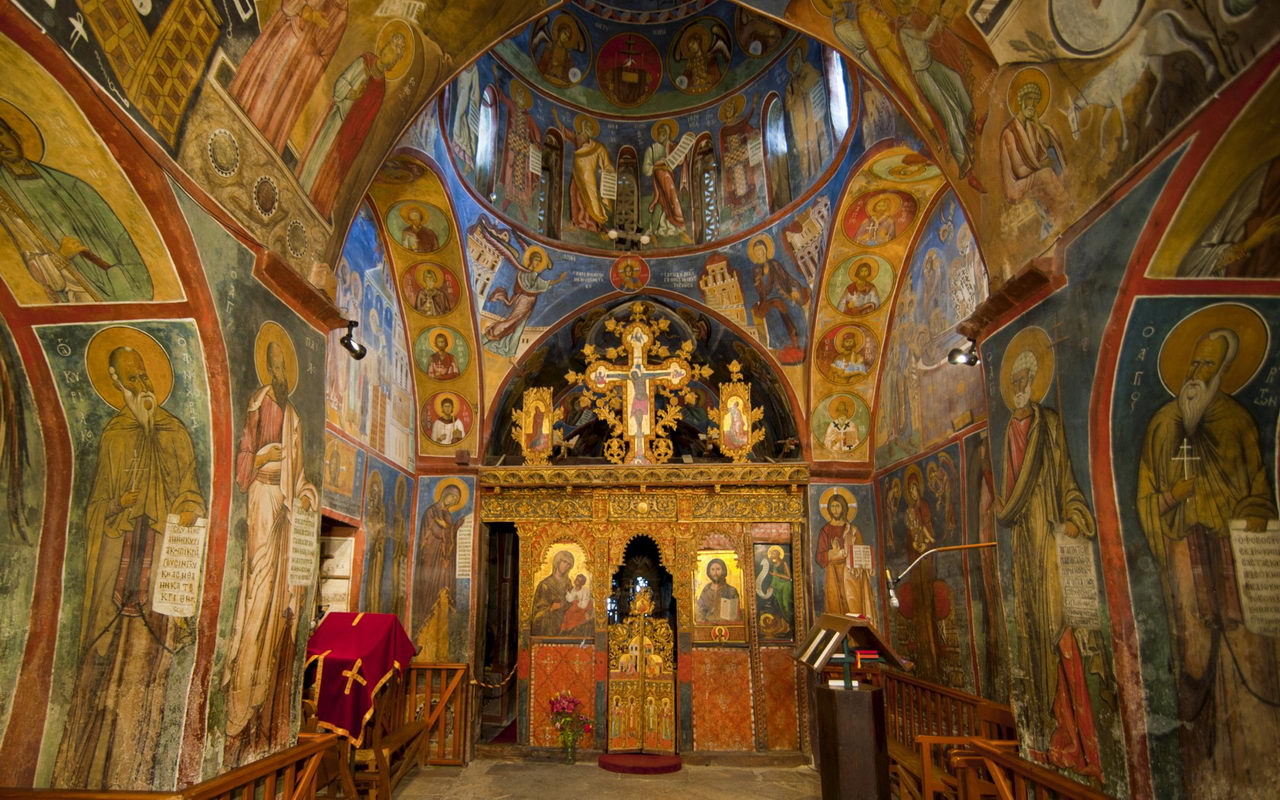 |
Ayia Napa
Once the hedonistic capital of Cyprus, Ayia Napa has now a growing number of sophisticated nightspots, restaurants and cultural venues as well as lively clubs that still attract the young and trendy set; the resort has some of the best beaches and diving opportunities on the island.
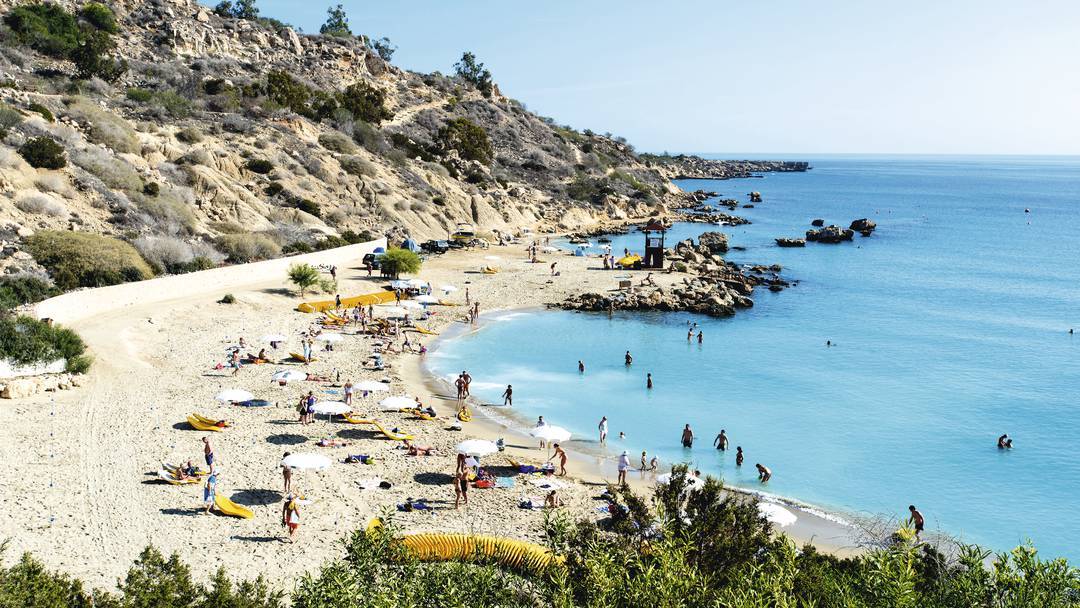
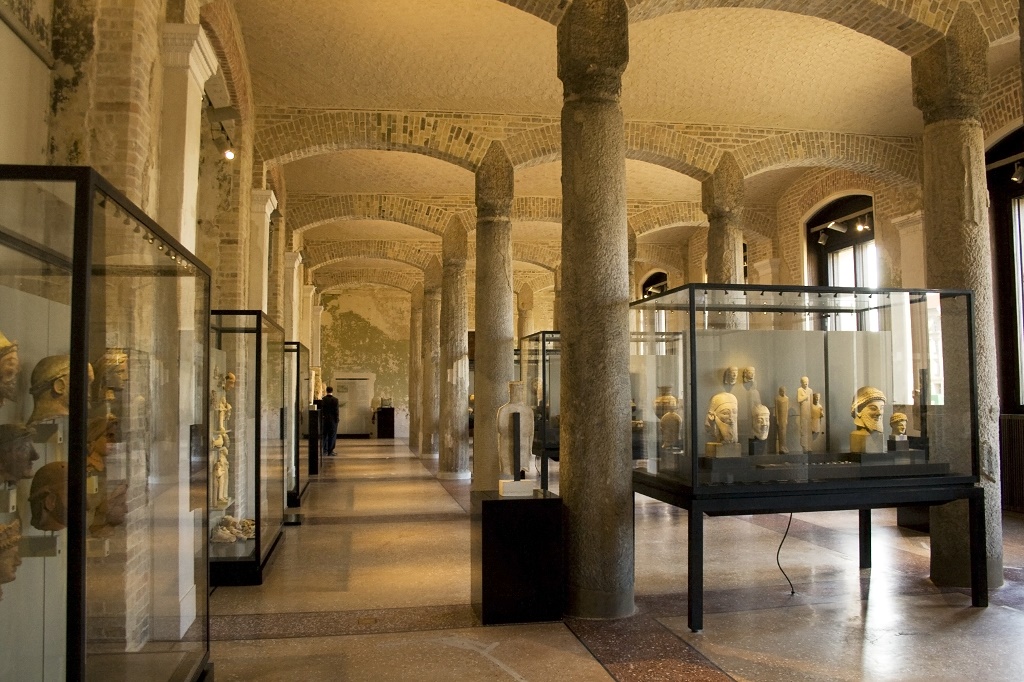 |
Cyprus Museum A visit to the Cyprus Museum with its magnificent collection of archaeological treasures dating back to Neolithic times is a must. Collections include astonishingly well- preserved Mycenaean pottery, Chalcolithic figurines, Egyptian and Roman statues, and carvings from the Royal Tombs at Salamis. The museum is located in central Nicosia. |
Akamas Peninsula
With its rugged unspoiled landscape, woodlands of pine trees and sandy bays, the Akamas Peninsula is wonderful place to escape and be with nature. It stretches from the harbor at Agios Georgios, north of Paphos, to Chrysochou Bay near Polis, and is famous for its wildlife and rare, endemic flora.
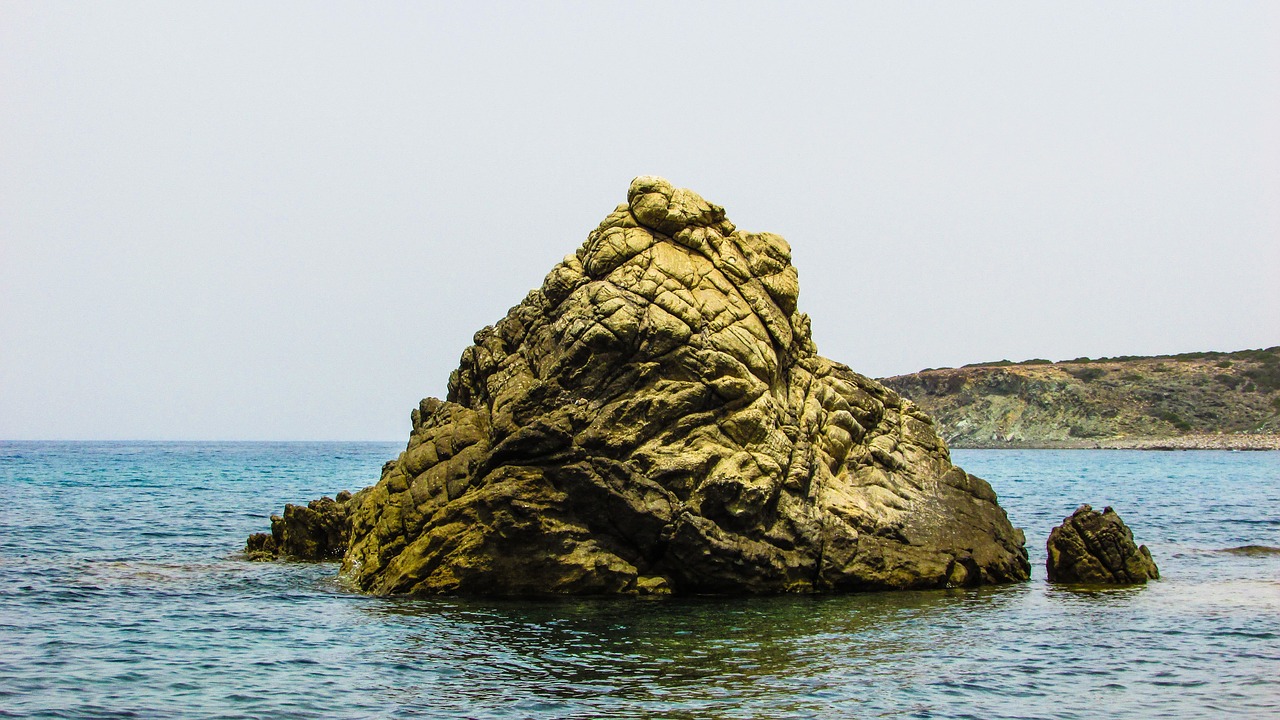
|
Kykkos Monastery The largest and most famous monastery in Cyprus. Founded by the Byzantine emperor Alexios Komnenos, the monastery is dedicated to the Virgin Mary and is home to one of the three surviving icons painted by the Apostle Luke. Kykkos Monastery is ornately decorated and covered in silver gilt, enclosed in a tortoiseshell shrine. It is also famous for its museum, located within the monastery grounds, which houses an impressive collection of icons, woodcarvings and manuscripts, and other Cypriot antiquities. |
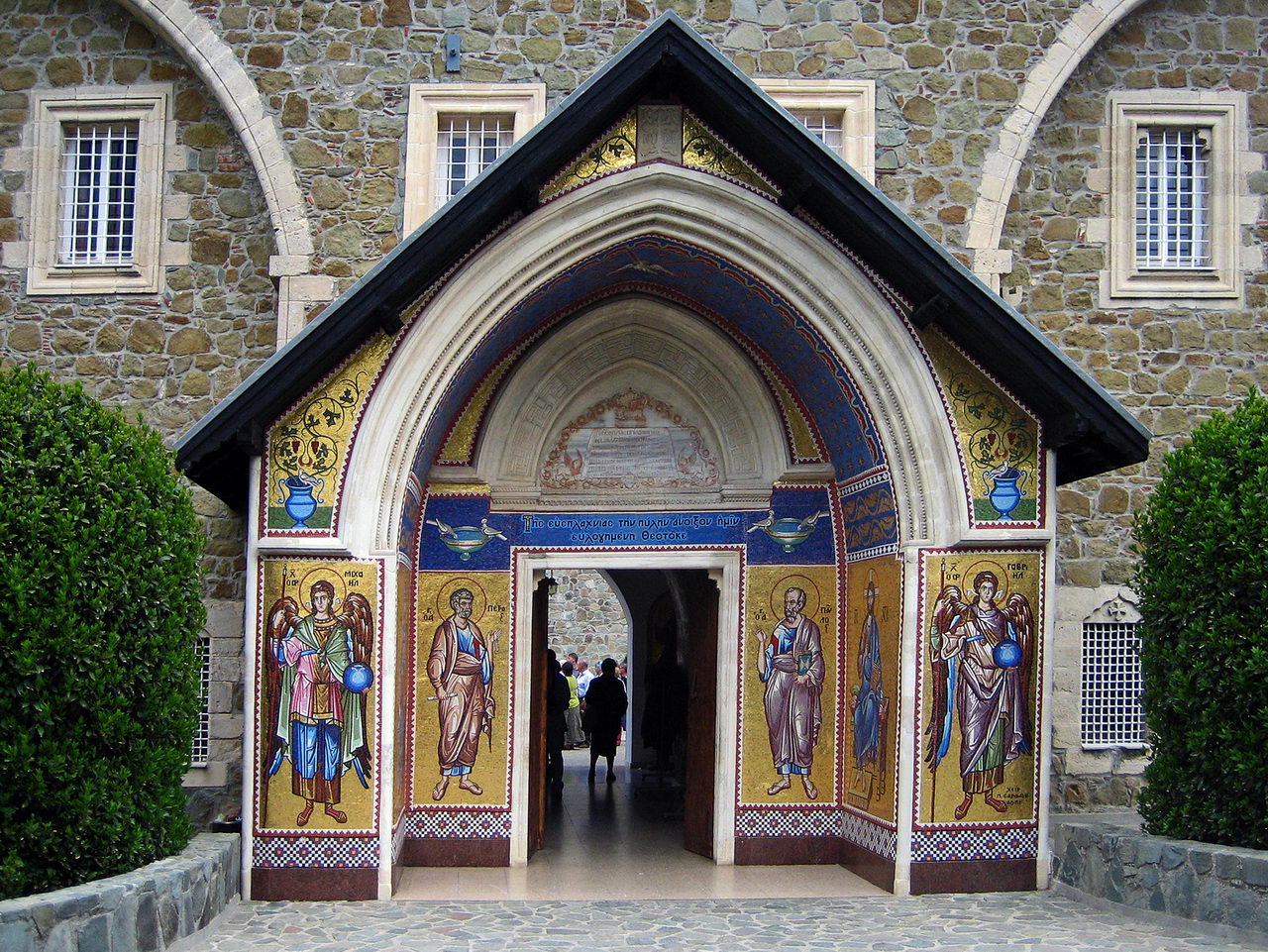 |
Nicosia
The walled city of Nicosia is a mix of old and new. Visit the Old Town full of quaint tavernas housed in Venetian mansions. Top attractions include the Archbishop's Palace, the spectacular Byzantine Art Museum, St John's Cathedral with beautiful frescos, the House of Hadjigeorgiakis Kornesios and the Ömeriye Mosque.
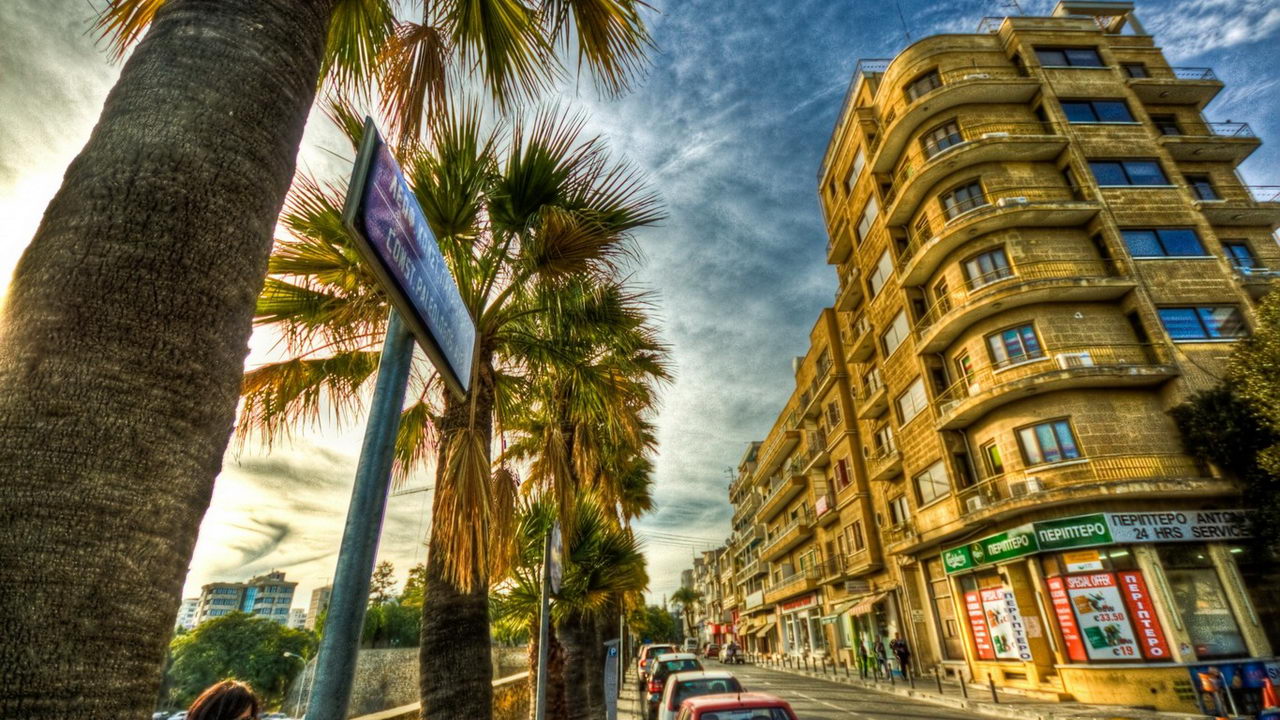
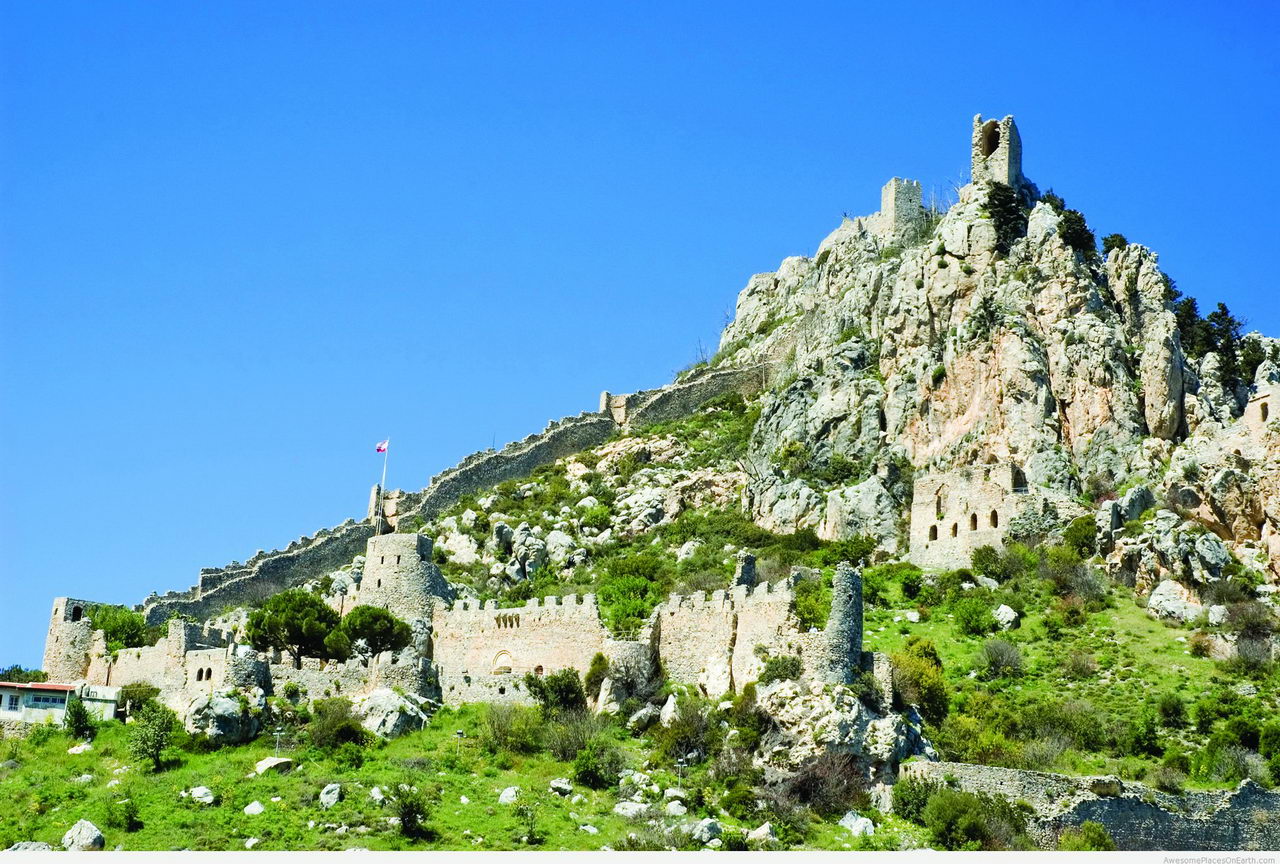 |
Saint Hilarion Castle The magnificent ruins of Saint Hilarion castle tower out of the limestone rocks of the mountains overlooking Kyrenia. Its towers and walls built on sheer rock make it is one of the finest sights in Northern Cyprus. See the remains of its chapel, royal apartments, banqueting hall, courtyards and stables. |
|
Troodos Mountains Take in the spectacular scenery of the forested Troodos Mountains where you can enjoy hiking and cycling trails, nature reserves, churches and the famous Kykkos Monastery. In winter, resorts offer skiing on the snow-covered peaks, including Mount Olympus, which at 1952m above sea level, is the island’s highest point. |
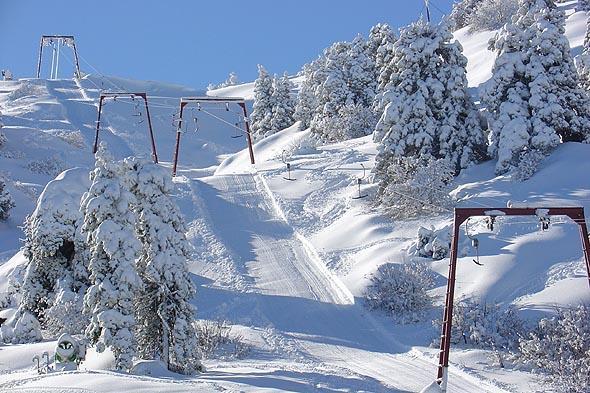 |
Ancient Kourion
Considered to be one of Cyprus’ most important and iconic archaeological sites, the site at Kourion, which is found near the town of Episkopi on the island’s southern shores is home to some of the most extensive Greco- Roman ruins in the world. Featuring a number of impressive structures and well-preserved mosaics, notable sites of interest include the House of Gladiators, the public baths and the impressive Greco-Roman theatre.
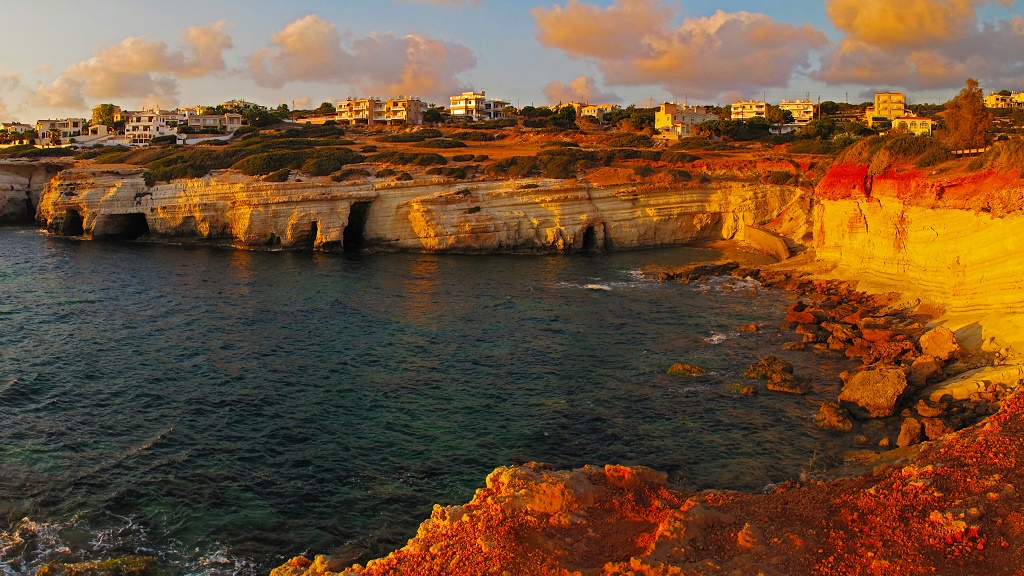
Things you shouldn’t miss in Cyprus
-
Be amazed by the Caledonia Falls in the Troodos Mountains, a beautiful waterfall that is most spectacular in spring.
-
Gaze at clear waters, great coastal views at Chrysochou Bay, Polis in the Southwest of the island. This popular beach even has a forest of eycalyptus trees just behind it plus a beach bar and restaurant.
-
Take a 30-minutes tour of the modern brewery and winery in Limassol. It’s owned by KEO, who brew the island’s favorite lager as well as a good range of wines and the tour ends with a tasting session.
-
Stand in the Roman stadium as you wander through the spectacular ruins at Kourion and imagine how the city must once have been. You will also find the house where the gladiators lived and the Temple of Apollo.
-
Enjoy the lively but laid-back nightlife in Agia Napa, also said to have the best beaches in Cyprus. The resort naturally attracts a lot of young people but, during the day, there is the old fishing port for tourists to visit too.
-
Visit the picturesque village of Valva with its old stone houses and set among rolling hills with great views of the Troodos Mountains.
-
Tour the ancient Makronissos Tombs, near Agia Napa, 20 chambers cut into the limestone rock and used by the Romans.
-
Feast on moussaka or meze in the Monte Carlo restaurant in Lamaka; the best tables are on the terrace looking out over the water.
-
Marvel at the mosaics in Phoebe Mosaic Workshop in Laneia, which makes colorful copies of famous ancient designs as well as originals.
-
See superb jewelry, sculptures and ancient ceramics from the Byzantine Empire in the Cyprus Museum in Nicosia.
Top cities of Cyprus
Nicosia
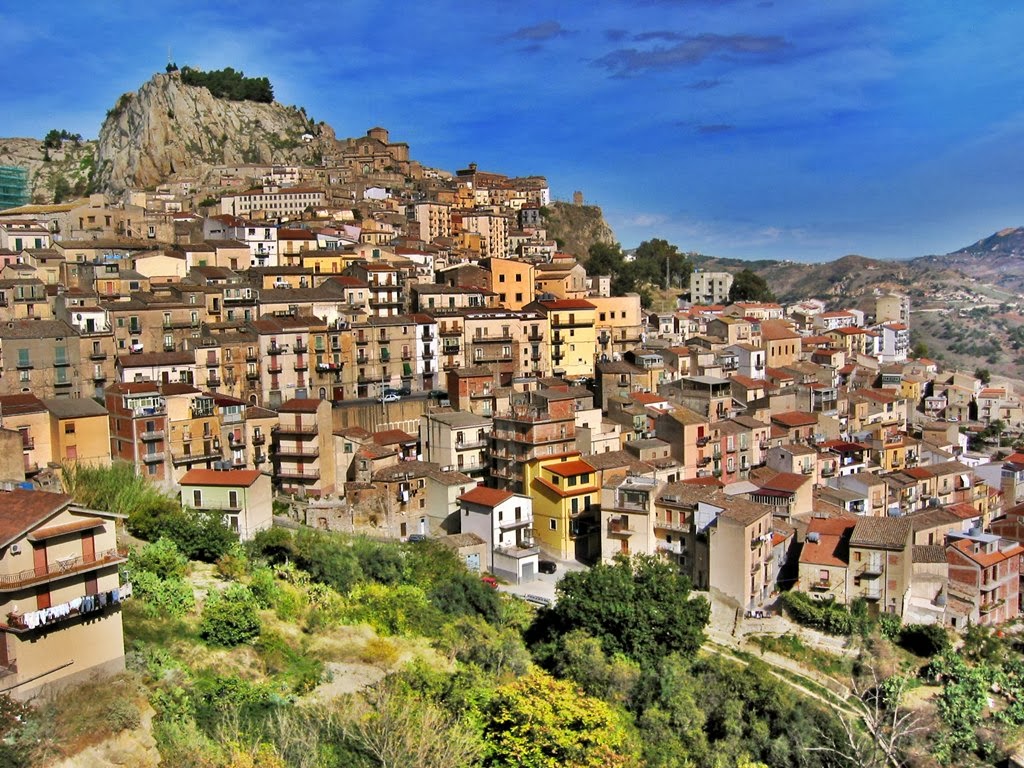
Nicosia, the capital of Cyprus, lies in the north central part of eastern Mediterranean island. It houses the main government offices as well as the headquarters of many major local and international companies. The Presidential Palace is in Nicosia which is a busy commercial centre today. Nicosia is a trading center for the surrounding Mesaoria Plain, where wheat, olives, almonds, and fruits are grown. Light industries manufacture machine tools, textiles, tobacco products, pottery, and leather goods. Explore jewelry and handicraft shops, dine in charming tavernas, or marvel at churches centuries old. Those engrossed in history and art will make their way directly to the Cyprus Museum, which holds the island's priceless treasures from the first stirrings of the Neolithic Age through the Roman period. At the Byzantine Museum, encounter a dazzling collection of early-Christian icons from the Mediterranean's Golden Age.
Limassol
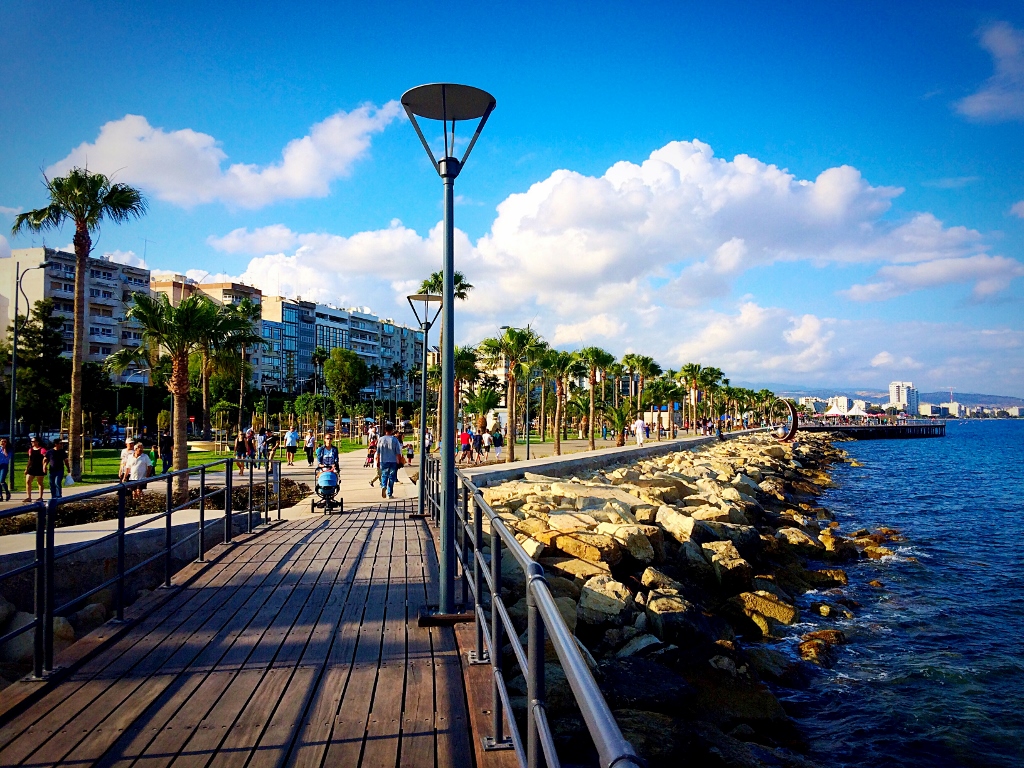
Limassol is the second largest town in Cyprus. Its history is obscure, but it seems to have grown in importance after the decline of the ancient kingdoms of Kourion to the West and Amathus to the East. Today Limassol is a major port, a busy commercial centre, the home of hundreds of offshore companies, and a popular tourist resort. Renowned for its superior hotel accommodation and service, and for its cosmopolitan atmosphere, it has grown out of all recognition over the past ten years. The Limassolians have a reputation for being the most sociable people on the island and the town is the venue for the annual Carnival celebrations and a Wine Festival, held every September.
Larnaka
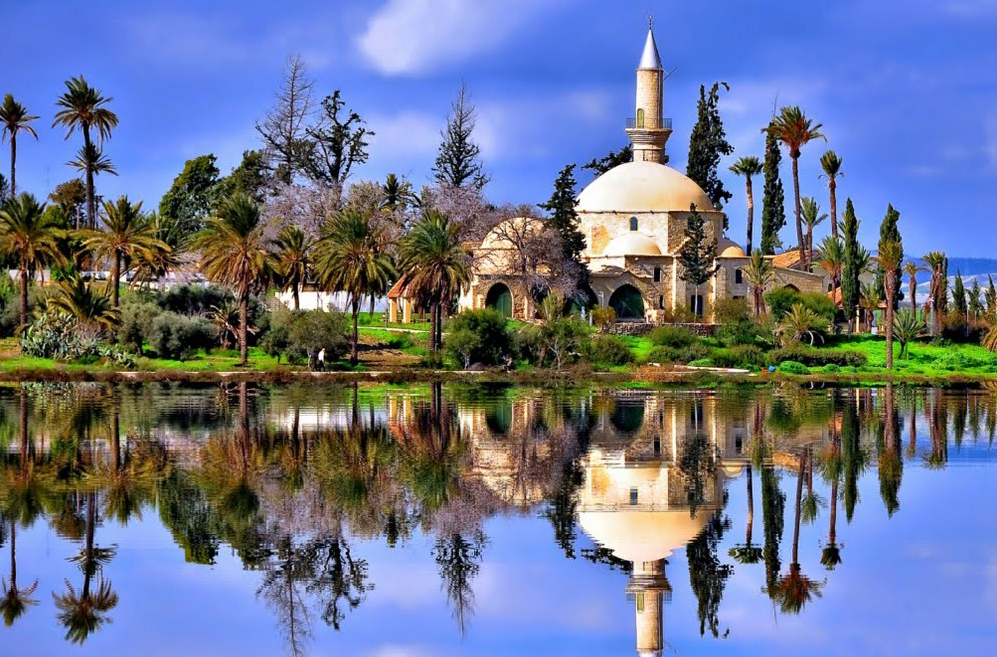
Larnaka is likely to give visitors their first impressions of Cyprus since the island's largest International Airport is there. It has flourished as a tourist resort over the past ten years and is the third largest town in Cyprus. Here yachts and sailing vessels from around the globe sparkle, and along the harbor perimeter is a palm-lined promenade. Between shopping trips to Larnaka's international-caliber boutiques, inviting cafes offer shady resting spots and sweeping ocean views. The promenade winds its way to a striking finale, the Larnaka Medieval Museum, housed in a 17th -century fort.
Paphos
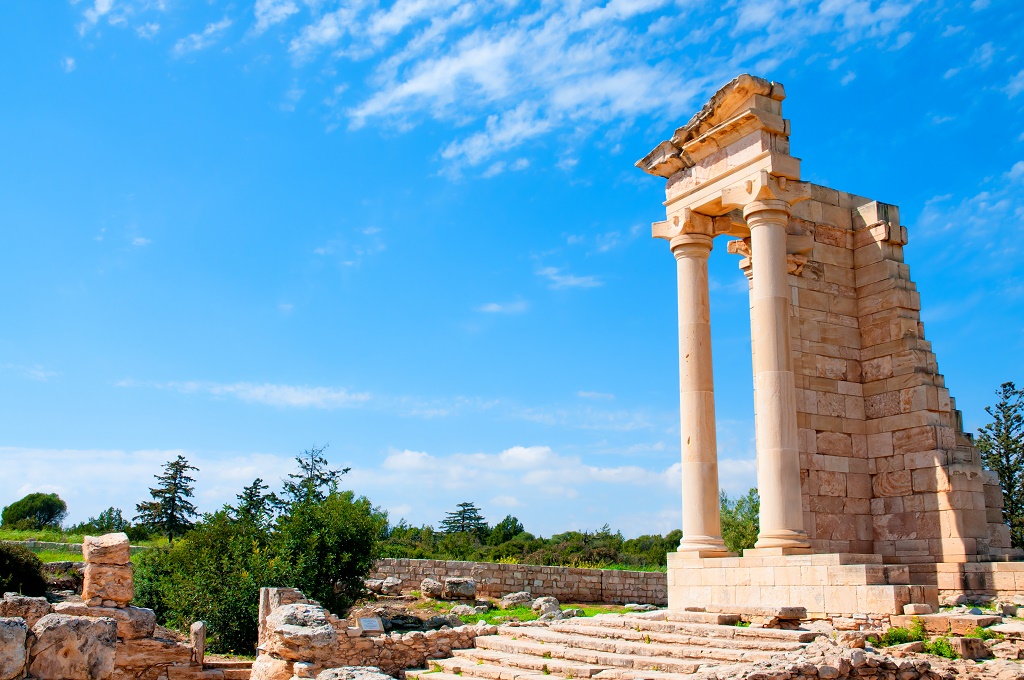
Paphos is rapidly becoming the most popular holiday resort in Cyprus. The small, picturesque harbor is a popular meeting/dining place and Paphos is especially interesting to those who care for history and archaeology. Close to the waterside restaurants at the harbor lies Paphos Fort. Inside there are rooms once used as dungeons while the main room is occasionally used for exhibitions; and from the roof one has a fine view of the harbor and the surrounding country.
Entering this website you automatically agree the following terms and conditions even if You are not a registered user of the site. Images shown on the website, country and travel specifications, as well as the webdesignes are subject to copyright protection, Elegant Enterprises are All rights reserved. Prohibited the website all or partial copy, store, use, distribution and sale, without the written consent of the copyright owner of this website (Elegant Enterprises)